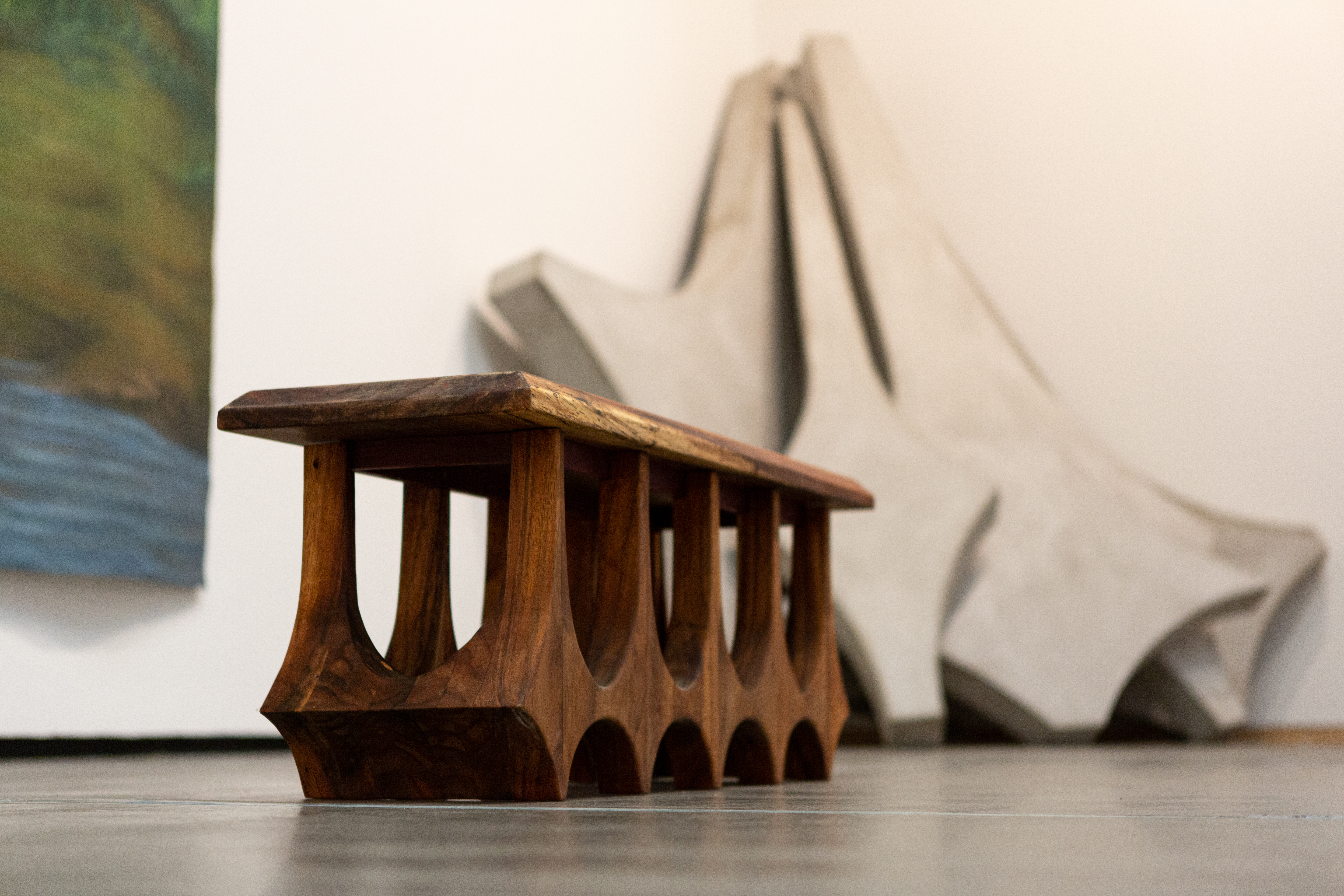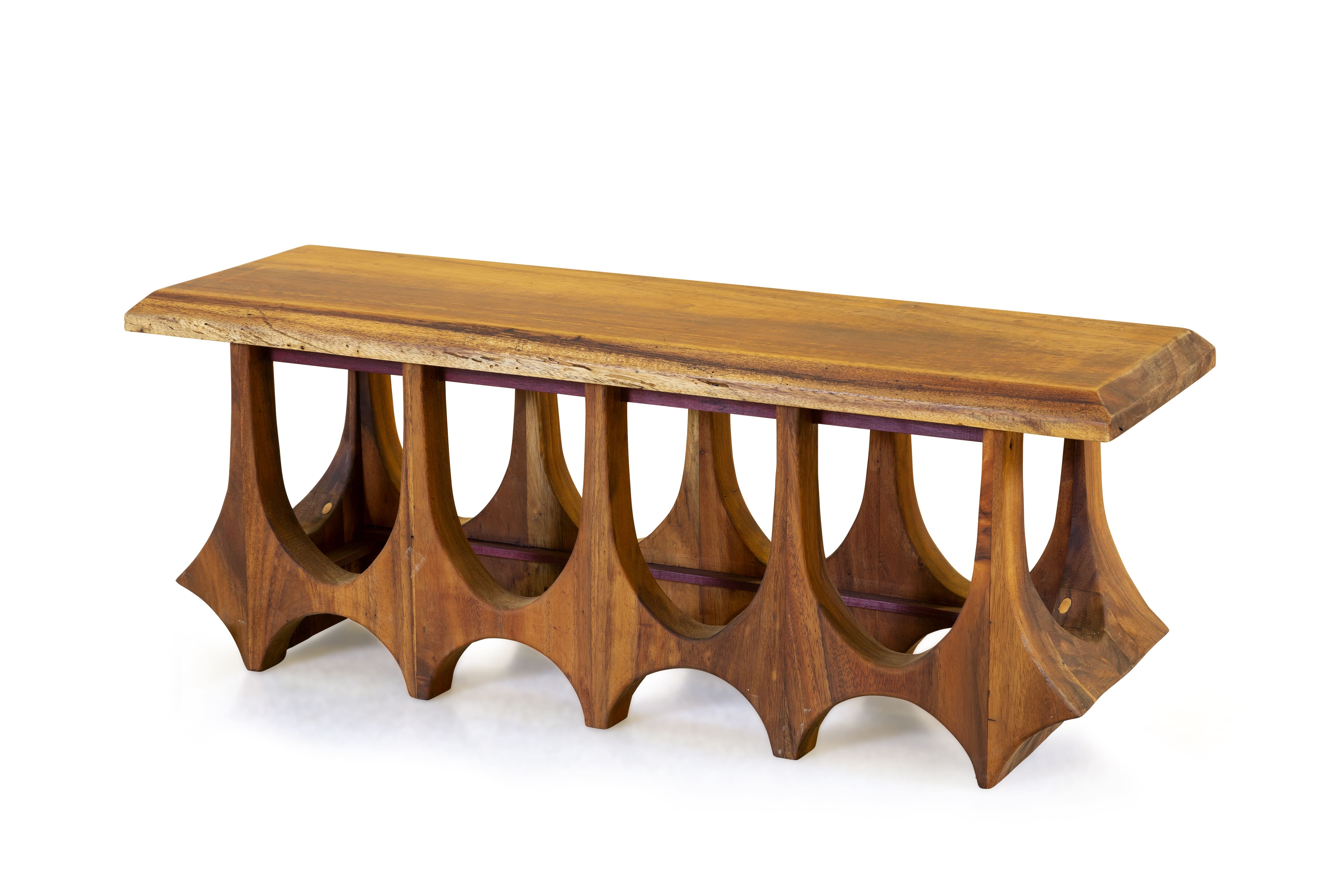The Great Novo Aripuanã Shoreline
2020.





There were only 8 courses of architecture in Brazil until the 1960s, according to the diagnosis of the architect and researcher Hugo Segawa, with the exception of Brasilia and Minas Gerais, the other centers were distributed among coastal states such as São Paulo, Pernambuco, Ceará and Rio Grande do Sul. The other regions, especially those far from the coast, began to have a more effective circulation of architects only after the 1970s, with the state plans for national integration and the creation of schools of architecture outside the traditional metropolitan centers.
Preceding this period, the years of mobilization around the construction of Brasília promoted years of expressive expansion of urban areas in the interior of Brazil, built mostly by non-architects such as bricklayers, engineers, draftsmen and often by the inhabitants or owners of these buildings themselves. This diagnosis of a supposed absence of architects, together with the massive diffusion of signs of modernity in this period, may have resulted in the vast amount of popular buildings scattered throughout Brazil that appropriated the modernist architectural stylistics present in Brasília, especially the column of the Alvorada Palace (1958), the first completed building of the capital.
In parallel to the rare presence of architecture schools in the interior of the country in the 20th century, there is the low occurrence of art schools based on the Western canons of Fine Arts. It is more common to see workers alternating in practices that ranged from the making of signs, posters, and billboards for movie theaters to the making of copies of classical paintings to serve middle-class families settled in the country's interior. In general, these practices were based on the idea of copying and/or reproducing pre-existing images, but directly based on particular and local ways of execution.
In this sense, one can speculate that the advance of a series of narratives of modernity, detached from institutions and structures that are often related to the idea of modernization, may have characterized a common practice among a broad and heterogeneous group of workers in the interior of Brazil: through the logic of copying they appropriated, reinvented, and possibly subverted the signs of modernity produced in the metropolis and disseminated through fields such as architecture and painting.
Noting the perpetuation of these ways of doing until today, the project “The Great Novo Aripuanã Shoreline“ (2022), as well as the works “The old Forum of Cruzeiro do Sul" (2020) and"Bela Vista Club” (2021), propose collaboration with painters who maintain a practice based on the principle of copy, commissioning these artists to represent sumptuous buildings designed by non-architects who subjectively appropriated the modernist architectural canons in Brazil.
Preceding this period, the years of mobilization around the construction of Brasília promoted years of expressive expansion of urban areas in the interior of Brazil, built mostly by non-architects such as bricklayers, engineers, draftsmen and often by the inhabitants or owners of these buildings themselves. This diagnosis of a supposed absence of architects, together with the massive diffusion of signs of modernity in this period, may have resulted in the vast amount of popular buildings scattered throughout Brazil that appropriated the modernist architectural stylistics present in Brasília, especially the column of the Alvorada Palace (1958), the first completed building of the capital.
In parallel to the rare presence of architecture schools in the interior of the country in the 20th century, there is the low occurrence of art schools based on the Western canons of Fine Arts. It is more common to see workers alternating in practices that ranged from the making of signs, posters, and billboards for movie theaters to the making of copies of classical paintings to serve middle-class families settled in the country's interior. In general, these practices were based on the idea of copying and/or reproducing pre-existing images, but directly based on particular and local ways of execution.
In this sense, one can speculate that the advance of a series of narratives of modernity, detached from institutions and structures that are often related to the idea of modernization, may have characterized a common practice among a broad and heterogeneous group of workers in the interior of Brazil: through the logic of copying they appropriated, reinvented, and possibly subverted the signs of modernity produced in the metropolis and disseminated through fields such as architecture and painting.
Noting the perpetuation of these ways of doing until today, the project “The Great Novo Aripuanã Shoreline“ (2022), as well as the works “The old Forum of Cruzeiro do Sul" (2020) and"Bela Vista Club” (2021), propose collaboration with painters who maintain a practice based on the principle of copy, commissioning these artists to represent sumptuous buildings designed by non-architects who subjectively appropriated the modernist architectural canons in Brazil.